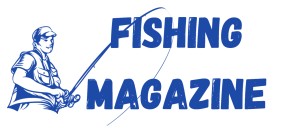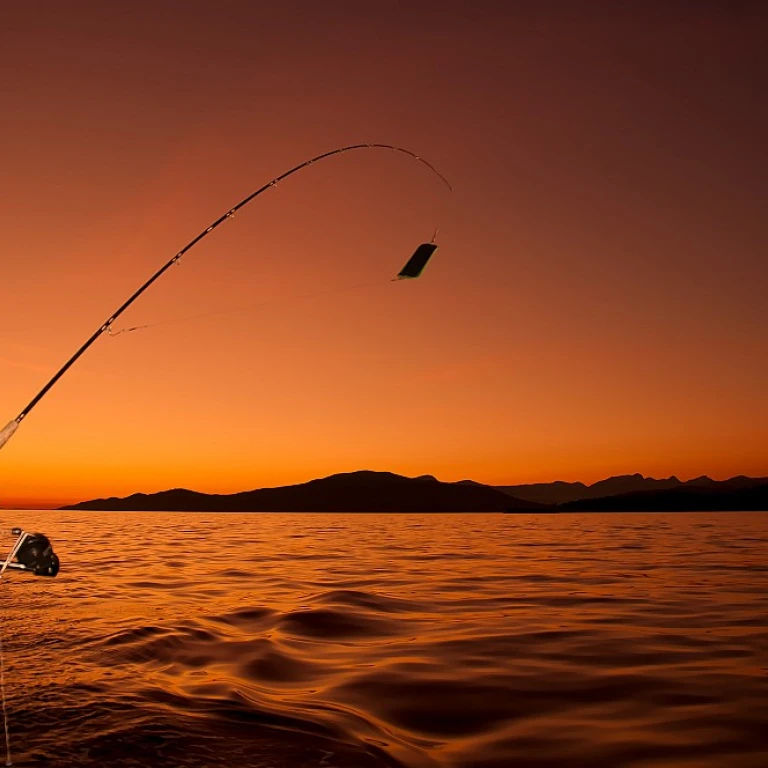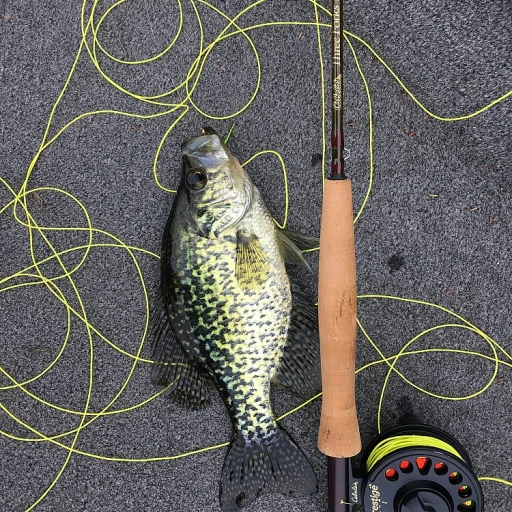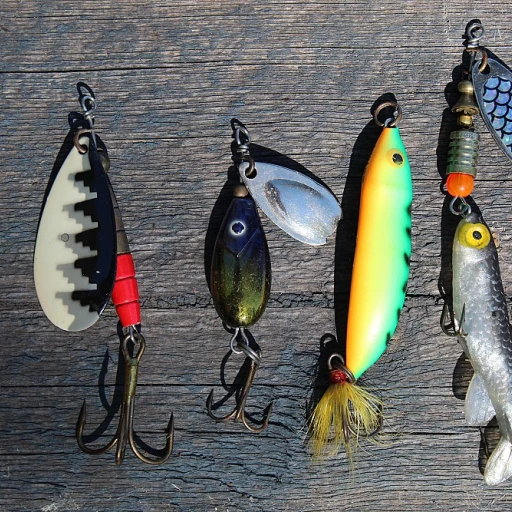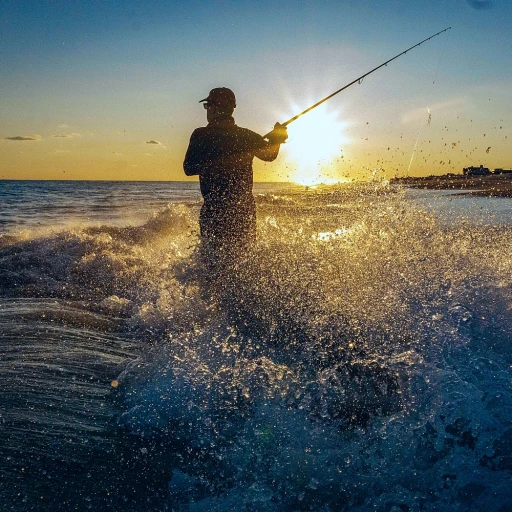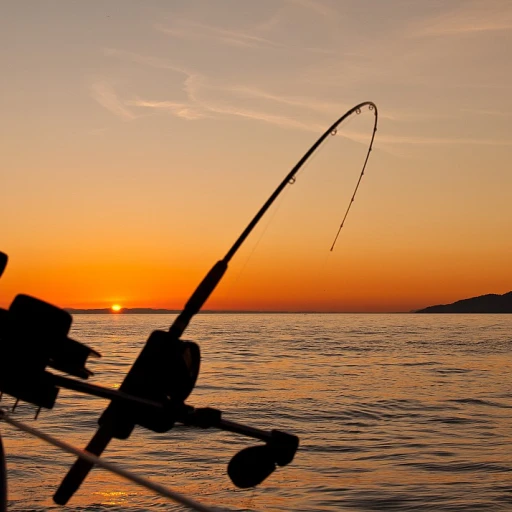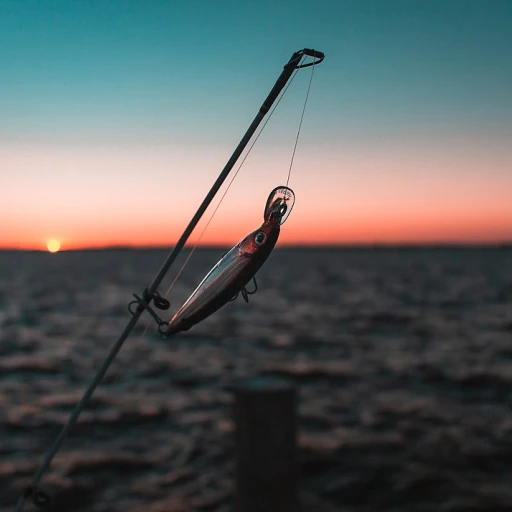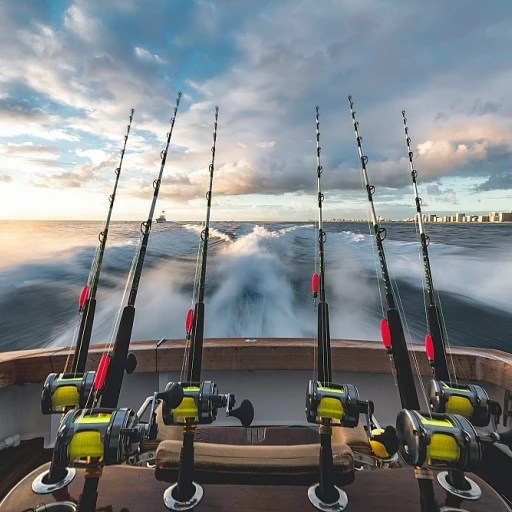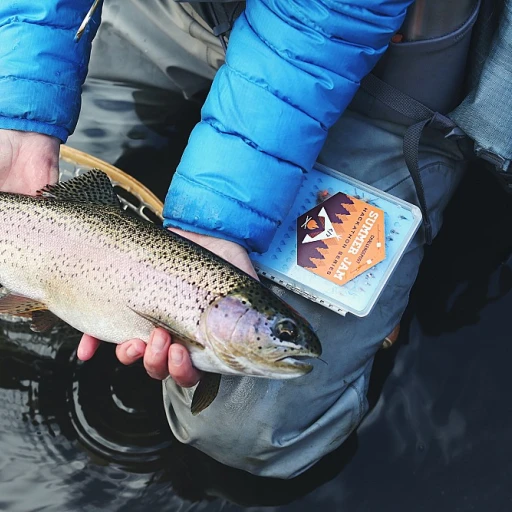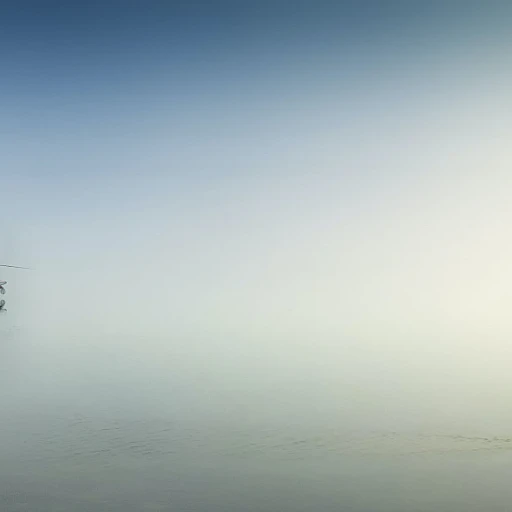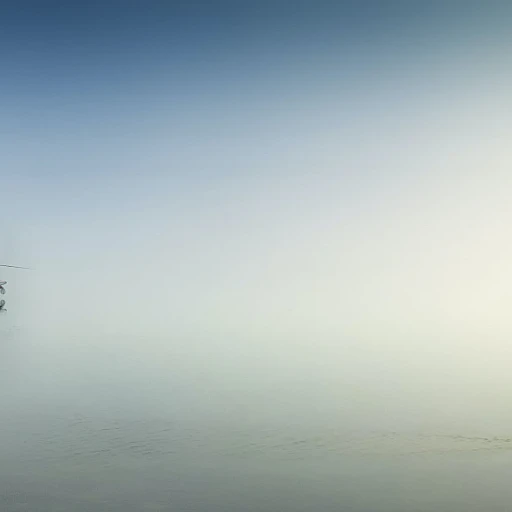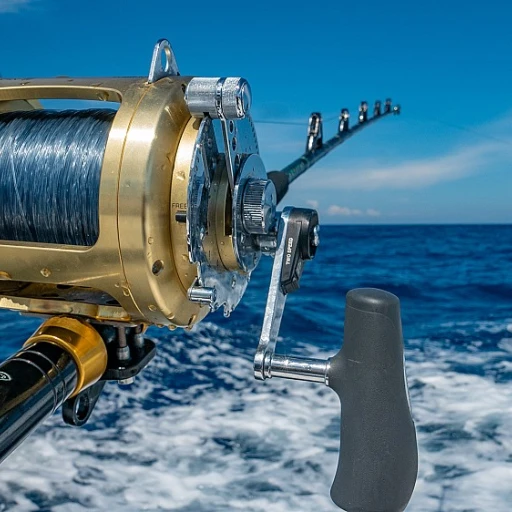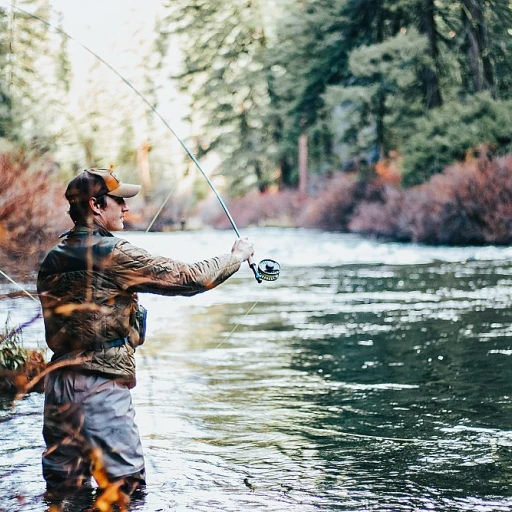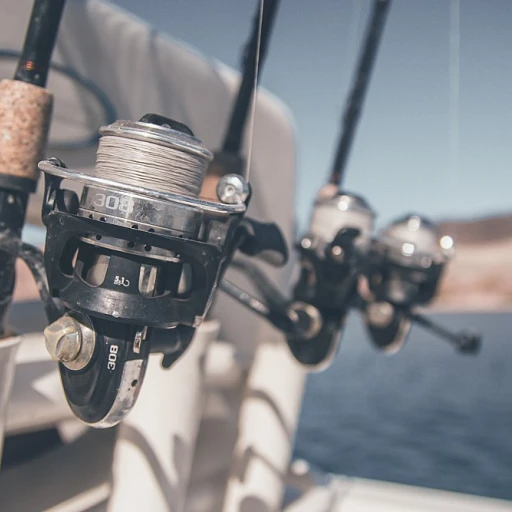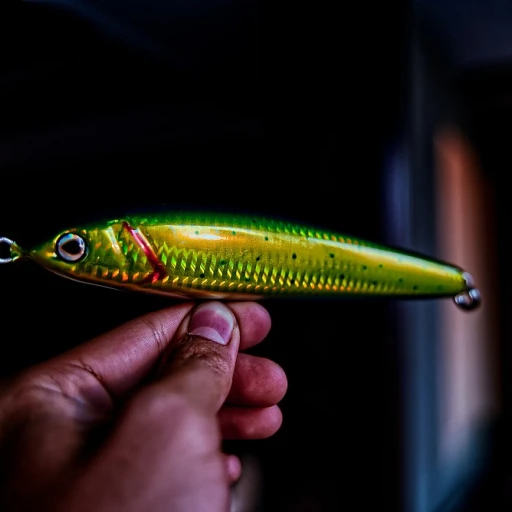
Understanding the Importance of Fly Fishing Flies
The Role of Flies in The Fly Fishing Experience
In the world of fly fishing, the fly holds a paramount place. It's not just a simple lure you cast into the water; rather, it's a carefully crafted piece that mimics the natural prey of fish, like trout and brown trout. The intricate art of fly tying involves creating flies with various materials to resemble insects and aquatic organisms that fish feed on, making a good fly crucial for a successful fishing outing.
The dynamic nature of fly fishing lies in the diversity of fly patterns adapted to different environments and fish behaviors. Mastering the art of selecting the right fly can make or break your fishing trip. Whether it's the classic dry fly or the more intricate dynamic nymphing techniques, each type of fly serves a unique purpose. Enthusiasts often turn to fly fishing books for insights into fly patterns and their impact on catching various species, including the elusive classic salmon and smallmouth bass.
Flies can be categorized into wet flies and dry flies among other types, each with distinct advantages based on fishing conditions. It's essential to understand these differences, as covered in other sections, to enhance your fly fishing experience. The ability to choose and utilize the correct fly opens a wider spectrum of fishing success.
For many, the journey of learning begins with reading great books dedicated to the subject. With many options available on platforms like Amazon, fly fishing enthusiasts can acquire valuable knowledge from some of the best fishing guides, often at a discounted sale price compared to regular price. Well-written volumes can transform a regular angler into a well-versed fly tyer, equipped with the expertise needed for crafting and selecting effective trout flies.
Types of Fly Fishing Flies
Exploring Various Fly Patterns
There's an incredible diversity in the world of fly fishing flies, which can be overwhelming for beginners. However, understanding the main categories will greatly enhance your fly fishing experience. Let me take you through the fundamental types of flies that you should be familiar with.
- Dry Flies: These are designed to float on the surface of the water, mimicking various insects that trout and other fish feed on. Dry flies are a staple in any fly tyer's collection and a must-have for fishing books about flies.
- Wet Flies: Unlike their dry counterparts, wet flies are constructed to sink below the water's surface. These patterns imitate drowned insects or other prey that fish like brown trout might encounter beneath the surface.
- Nymphs: More specific than wet flies, nymphs replicate the larva stage of insects. Dynamic nymphing techniques are especially popular among experienced anglers.
- Streamers: These flies are imitations of larger aquatic life such as minnows or leeches, making them perfect for attracting predatory fish like classic salmon or large trout.
Each type of fly is further categorized into varied patterns that can be selected based on the specific water conditions you're fishing in. For instance, some patterns work better in fast-moving streams, while others shine in still waters. The key to success is knowing when and how to use each one.
One good resource is the Orvis Guide to fly tying and selecting flies. It’s a comprehensive book that covers aspects like the significance of patterns and tying techniques that are crucial for targeting fish in different environments.
In addition to this, purchasing the Gary LaFontaine collection on Amazon could be beneficial. It's renowned among fly fishing enthusiasts and offers insight into some of the best prices and sales on top fly patterns.
For those looking to expand their fly fishing knowledge, click expand your understanding with these perfect presents for passionate fly fishermen. Many inspirations found in these books offer new ties, ties that have revolutionized the way we perceive best fly designs.
Choosing the Right Fly for Different Conditions
Matching Your Fly to the Water and Weather Conditions
When it comes to fly fishing, selecting the right fly is crucial. Different conditions call for different fly patterns, and understanding this can make the difference between a successful day fishing and going home empty-handed.
Here's how to match your fly to the fishing conditions:
- Water Type: In fast-moving waters, weighted flies like nymphs are effective. If you're fishing in calm waters, dry flies might be the best choice as they float well and mimic surface insects.
- Weather: On overcast days or in the early morning, trout flies like wet flies often work well. They imitate emerging insects that trout love to munch on.
- Fish Species: Certain species like brown trout have preferences for specific flies. Research the best fly patterns for the fish you are targeting.
Considering Fly Patterns and Colors
The fly patterns and colors you choose should mimic the insects present in the waterway you’re fishing. Fly tying enthusiasts know that observing the local insect population can guide what's needed in fly boxes.
- Natural Patterns: These mimic the local insect life and are most effective during a hatch. Patterns such as classic salmon flies can be a go-to.
- Attractor Patterns: These patterns use flashy materials and bright colors that attract fish through movement rather than resembling natural insects.
- Dark vs. Light: Dark patterns work best in murky water conditions, while light ones are better in clear water.
For those looking to delve deeper into perfecting their choice of flies, reading comprehensive guides like the Orvis Guide or other highly-rated fishing books can provide detailed insights and techniques for various conditions. Whether five-star reads or classic guides, these books can arm you with knowledge on fly tying and patterns.
If you're looking for more tailored advice, be sure to click expand your understanding and strategy with expert resources. Remember, choosing the right fly can significantly impact your catch success rate.
Essential Fly Fishing Techniques
Mastering Techniques to Enhance Your Fly Fishing Game
Fly fishing is not just about having the right gear; it’s about employing the right techniques to effectively catch fish. While understanding the importance of having the appropriate fly fishing flies is essential, knowing the techniques can significantly impact your success rate. One indispensable skill is casting, which requires practice to perfect. A good cast ensures that your fly lands gently on the water, mimicking the movement of natural insects. Pay attention to conditions like wind direction and water currents, adjusting your cast accordingly to maintain a natural presentation. Reading the water is another crucial skill. Observing surface activity helps you identify where fish are likely to feed. This observation allows you to choose between using wet flies or dry fly patterns effectively. When aiming for fish like the elusive brown trout, examine the pools and undercuts where they tend to hide. Incorporating dynamic nymphing techniques can be a game-changer, especially in fast-moving waters. This approach uses heavily weighted flies to reach those fish feeding near the riverbed. For enthusiasts looking to refine their approaches, investing time in fly tying will enable you to craft personalized patterns tailored to specific fishing conditions. Additionally, staying informed through well-regarded fishing books or guides enhances your skills considerably. Resources such as dynamic nymphing and reading like Orvis Guide offer valuable insights. Another highly recommended read is any collection of fly patterns, which can inspire you to create unique flies that attract the best fish. As a fly tyer, integrating consistent practice with regular reviews of top fishing books provides you with the knowledge to select the most effective trout flies. Books available for sale on platforms such as Amazon often come with reviews that can guide you in perfecting your fly tying capabilities. Remember, proficiency in fly fishing comes with experience and a commitment to learning, just as caring for your fly fishing flies is part of maintaining their effectiveness for sale price potential later on.Caring for Your Fly Fishing Flies
Taking Care of Your Flies for Lasting Performance
Preserving the quality of your fly fishing flies is crucial for maintaining their effectiveness, whether you’re targeting trout or aiming for a perfect cast with classic salmon flies. The longevity of your flies often depends on proper care and storage. Here’s how to ensure your flies maintain their shape and preserve their original patterns:- Storage Solutions: Invest in a high-quality fly box that offers ample ventilation to prevent moisture buildup, which can damage the materials over time. Fly boxes come in various sizes and designs, tailored for both dry fly and wet flies, and can be found at most sporting goods stores at a reasonable sale price. Keeping flies organized by type and size also aids in quick selection when needed on-the-go.
- Post-Fishing Maintenance: After a good day of fishing, it’s best to let your flies dry thoroughly before placing them back in the box. If you’ve been tying flies using synthetic materials, be extra careful as these can hold onto moisture. Gently blot any wet flies with an absorbent cloth and leave them to air dry.
- Avoid Overhandling: Regular handling of flies can lead to oils from your skin transferring onto the materials, affecting the lifespan of delicate flies like brown trout nymphs. Handling with clean, dry hands or using tools such as a fly tyer can extend their usability.
- Regular Inspections: Make it a habit to routinely check your flies for any signs of wear or tear, especially if you frequent areas with challenging fishing conditions. Damaged flies can be restorative with some fly tying skills or replaced with new purchases, often at a competitive regular price during fishing sales.
Top Fly Fishing Flies Books for Enthusiasts
Must-Have Fly Fishing Reading Material
To truly excel in fly fishing, immersing oneself in the vast world of fishing literature can be incredibly beneficial. Whether you're a seasoned fly tyer or just getting started, the right books can offer invaluable insights into techniques, patterns, and the subtle art of fly fishing.
The Fly Fishing Bookshelf Essentials:
- "Dynamic Nymphing": A comprehensive guide on nymph fishing that covers everything from fly patterns to fishing tactics—this book is regarded as a critical resource by many trout fly enthusiasts.
- "The Orvis Guide": Tailored for those new to fly fishing, this book provides a thorough introduction to various fly fishing disciplines, offering step-by-step techniques to enhance your fishing experience.
- "Fly Patterns for the Modern Fly Angler": Focuses on innovative fly designs and provides a great reference for fly tyers looking to expand their fly patterns library.
- "Caring for Your Trout Flies": Discussed earlier, this book highlights the importance of maintaining and storing your flies, ensuring they remain in peak condition.
- "Trout Flies: Tying and Fishing the Classics": A vital book for those looking to master the art of tying classic salmon and brown trout flies.
When considering purchasing these books, it's wise to compare prices across different platforms. Some options may offer a sale price, providing a chance to add to your collection without breaking the bank.
Whether you're soaking in the techniques from "Dynamic Nymphing" or learning how to tie a dry fly from a renowned fly tying book, each piece of reading material can offer unique insights tailored to regular fishing conditions. These books not only explain how to choose the best fly for any given situation but also underscore the significant role that fly patterns play in successful fishing.
Connecting deeply with the world of fly fishing literature can significantly elevate your fishing ventures. It furnishes you with knowledge that aids in perfecting the techniques and developing an arsenal of well-chosen flies tailored to various fishing scenarios. Don't overlook the power of a good book fly—it might just turn out to be your ultimate catch.
